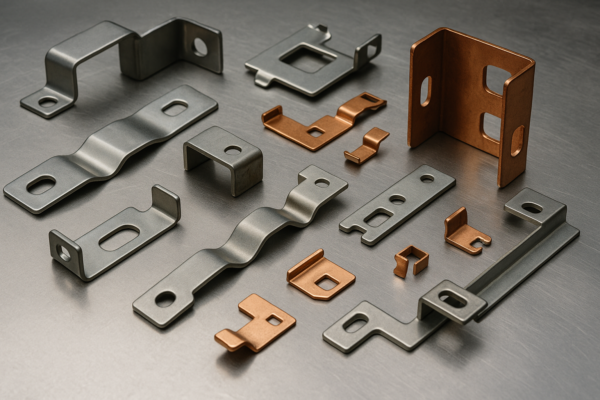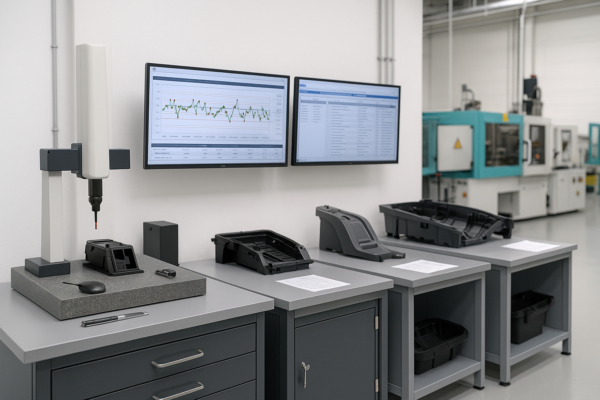Is metal work profitable?
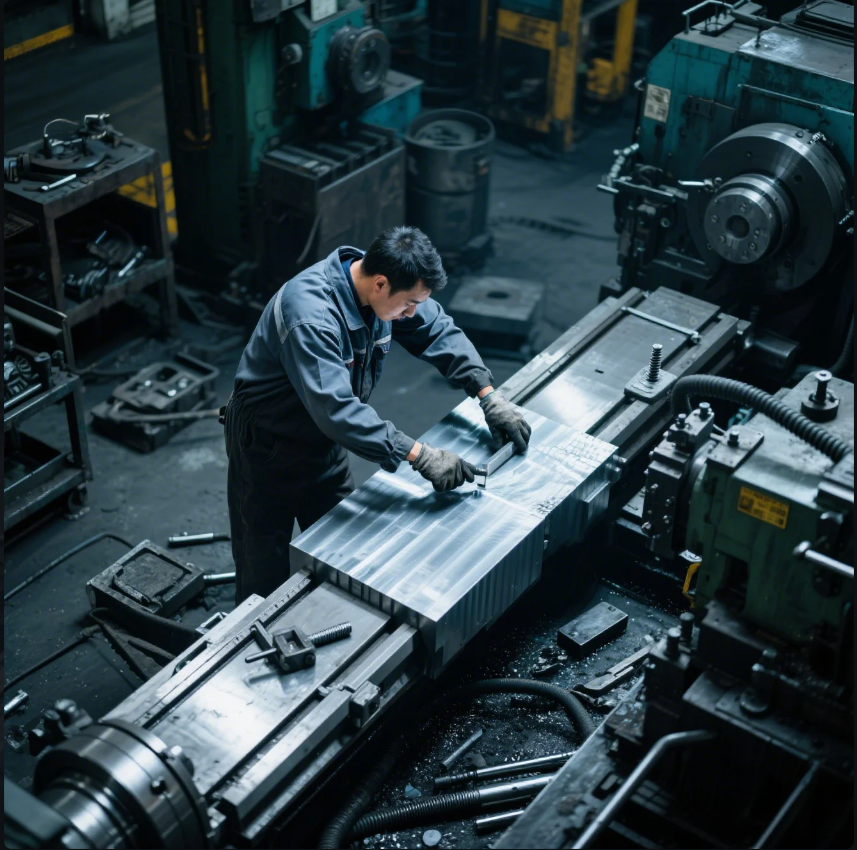
Metal work, whether industrial or small-scale, offers strong profit potential when combined with skill, quality, and smart business practices.
Metal work is profitable, especially in sectors like construction, manufacturing, automotive, and custom fabrication where high demand meets specialized skill.
Stay with me. I will break down profitability clearly and explain how Prime supports businesses with precision metal parts and expert services.
Is sheet metal business profitable?
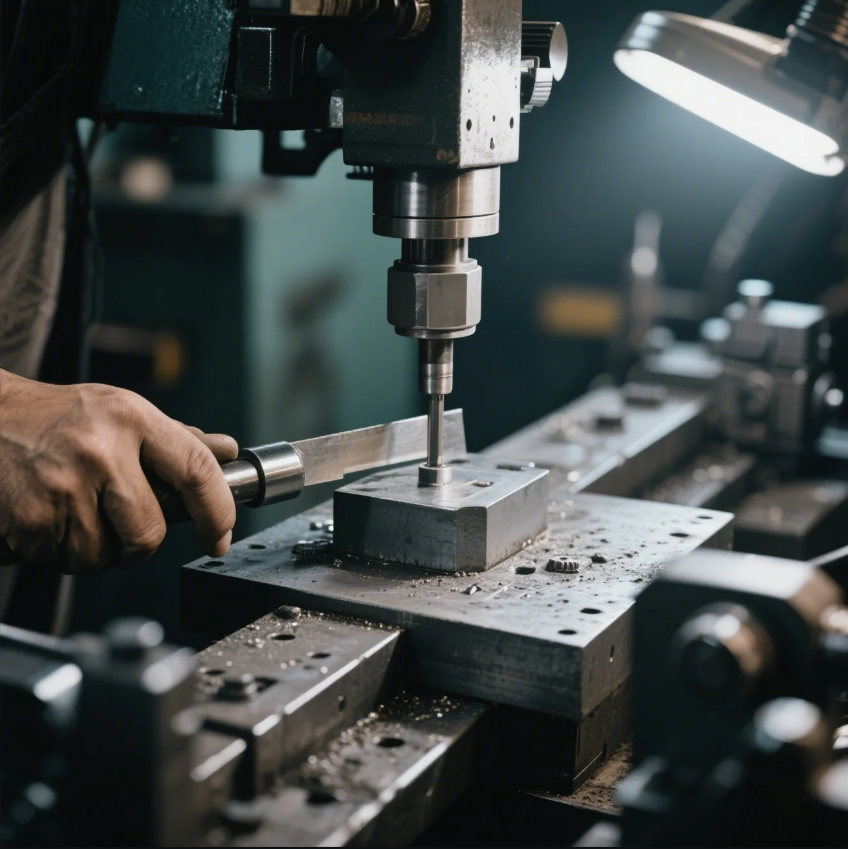
Yes, a sheet metal business can be highly profitable, particularly when serving industries with steady construction and manufacturing needs.
Sheet metal businesses are profitable because of consistent demand for HVAC systems, architectural projects, and industrial manufacturing parts.
Why Sheet Metal Businesses Succeed
| Factor | Impact | Example |
|---|---|---|
| Consistent Demand | Steady flow of construction and manufacturing jobs | HVAC ducting for new buildings |
| High Customization | Clients need specific designs and quick turnaround | Custom enclosures for machinery |
| Value-Added Services | Design, welding, finishing | Offering complete packages boosts profit margins |
At Prime, we often support sheet metal businesses by supplying high-volume "custom stamping parts supplier" services. Many clients use our consistent quality and speed to expand their capabilities without heavy capital investment.
I worked with a small fabricator who scaled from a 5-person shop to a regional supplier in just three years by outsourcing precision components to Prime — boosting their margins and delivery capacity.
Can you make money as a metal fabricator?
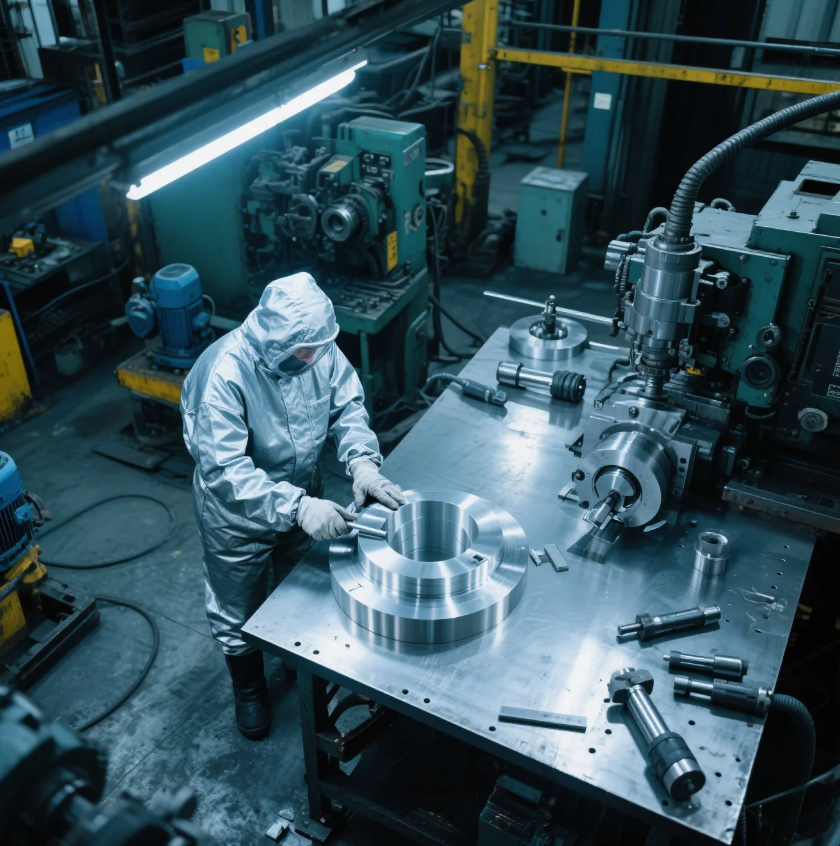
Yes, skilled metal fabricators can make strong incomes, especially by specializing in high-demand, custom, or niche market areas.
You can make money as a metal fabricator by offering quality work, specializing in custom jobs, and serving industries that require ongoing fabrication services.
Ways Metal Fabricators Build Profit
| Strategy | Benefit | Example |
|---|---|---|
| Specialization | Charge higher rates for expertise | Stainless steel food equipment |
| Custom Work | Premium pricing for unique orders | Architectural metal art |
| Fast Turnaround | Higher volume of orders | Rapid production of brackets and supports |
| Maintenance and Repair | Recurring revenue | Factory equipment upgrades |
At Prime, we help fabricators secure repeat business by delivering "precision CNC parts machining" with tight tolerances and fast lead times — key factors when customers demand consistent quality.
One Midwest client grew profits by 25% within a year by partnering with Prime to quickly supply customized subcomponents, allowing them to offer faster lead times than local competitors.
What is the profit margin for metal fabrication?
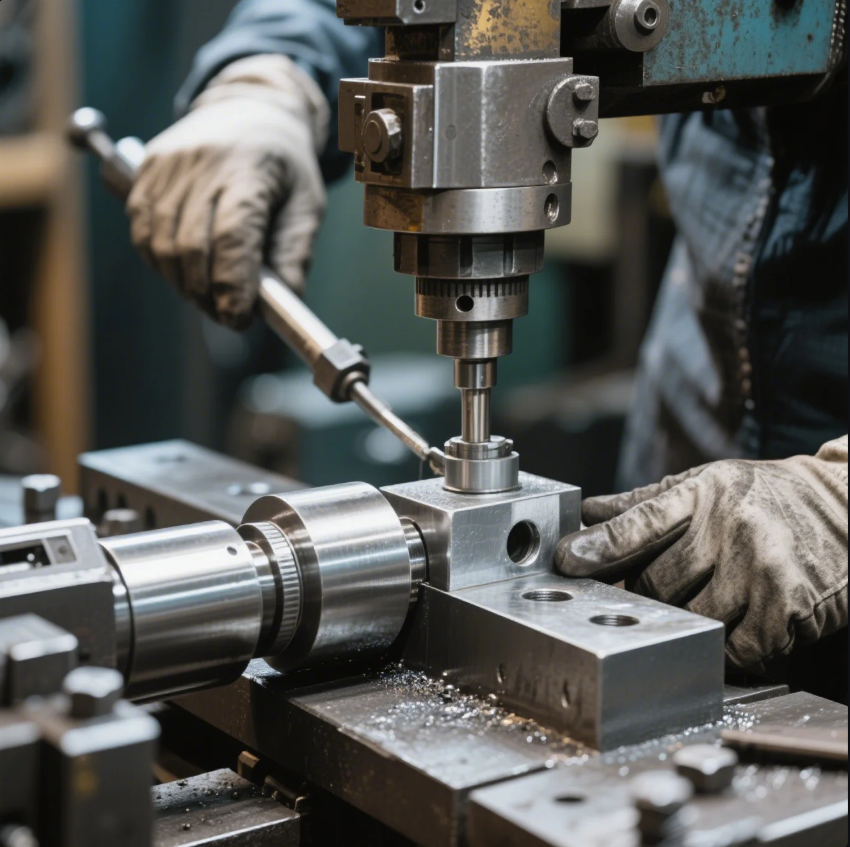
Profit margins in metal fabrication vary but can be strong when operations are efficient and value-added services are offered.
Typical profit margins for metal fabrication businesses range from 10% to 25%, depending on project type, overhead costs, and market competition.
Key Factors Affecting Profitability
| Factor | Influence on Margin | Notes |
|---|---|---|
| Material Costs | Major impact | Bulk purchasing saves money |
| Labor Efficiency | Higher efficiency increases margins | Skilled workers and automation help |
| Equipment Investment | Improves quality and output | Modern CNC machines, plasma cutters |
| Project Complexity | Custom jobs yield higher margins | Specialized design or finishing services |
At Prime, our ability to supply ISO-certified parts on time means fabricators can confidently quote jobs with less financial risk, helping boost their final project margins.
One client shared how reducing rework thanks to Prime’s high-precision stamping helped them increase their overall project profitability by nearly 12% in a competitive market.
Is metal working an expensive hobby?
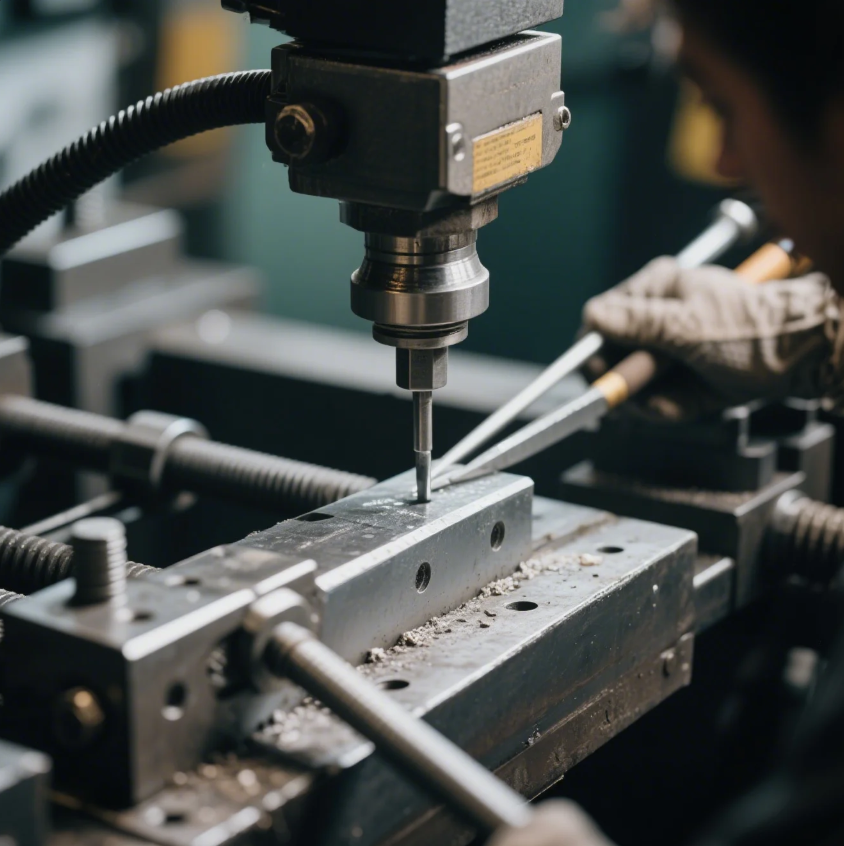
Metalworking can be an expensive hobby due to the cost of tools, safety gear, materials, and workspace needs.
Metalworking is a relatively expensive hobby, with startup costs for basic tools and materials ranging from $1,000 to $5,000 or more.
Typical Hobby Metalworking Costs
| Item | Estimated Cost | Notes |
|---|---|---|
| Basic Tools (grinders, welders) | $500–$2,000 | Quality varies by brand |
| Safety Gear | $200–$500 | Helmets, gloves, jackets |
| Metal Stock | $100–$500 | Steel, aluminum sheets or rods |
| Workshop Setup | $500–$2,000 | Workbenches, ventilation, lighting |
While startup costs are high, many hobbyists eventually turn their passion into profitable side businesses, especially by creating custom metal art, brackets, or furniture.
At Prime, we also supply smaller shops and hobbyists with "custom stamping parts" and specialized sheet metal products, helping them access professional-grade materials at competitive rates.
One customer who started as a hobbyist now operates a small fabrication business, crediting access to quality materials early on for enabling smooth growth.
Conclusion
Metalworking is profitable for businesses and skilled individuals alike, provided you manage costs, deliver quality, and meet customer needs. Partner with Prime today for ISO-certified metal parts, rapid production, and professional support that helps you grow profitably and sustainably!

